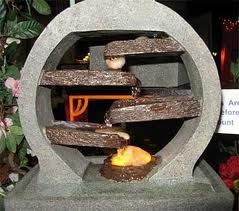Time, money and energy. You want it all, but you can’t have it all. At each stage of life, the balance changes. So enjoy what you have right now.
Remember when you were a kid, how you had all the time and all the energy in the world? Yes, the world was yours. You could do anything you want. Except that you didn’t have the money.
Well, as an adult, you finally have the money. And you still have the energy. But with the kids and the home and the business, there never seems to be any time to do anything.
No problem. When you retire, you will have all the time in the world. And you should have the money. But oops – where did that energy go?
READ ALSO: No, Really, You Are Never Too Old
You can’t have it all. If you did, you would be Superman. But it is amazing at what you can accomplish and what you can enjoy if you make use of what you do have.
I recall my childhood and how much fun I had. Without the money. Playing in the park and in the forest behind our house. Drawing maps. Reading books. Playing dodgeball. It was a blast.
As an adult, I am having just as much of a blast raising my girls and I really do enjoy most things about my business. I never seem to have much time, but that’s because I am spending – investing! – my time in my daughters and in my business. Sure, I would love to be off hiking and kayaking every weekend. But if I was, I would then wonder when I would ever find the time for the things I am doing now.
And I know that my batteries will start slowing down someday (like when I’m 150 years old, hopefully), but that doesn’t mean that I won’t enjoy doing things at a slower pace.
Each phase of life is special
Each phase of life has something missing. But each phase of life has some wonderful opportunities, too.
So enjoy them all. You really have every reason to celebrate…unless, of course, the venn diagram below describes your situation.





